FIVE ACTS: Chronicles of Dissent
January 6 - March 18, 2012 | Marginal Utility, Philadelphia
Artists:
Yael Bartana, Andrea Bowers, Sharon Hayes, Naeem Mohaiemen, and Mark Tribe
Overview:
With massive demonstrations spreading throughout the Arab world, Europe, and the United States, the voice of marginalized people is being heard clearly far and beyond their communities. While in many instances the outcome of these revolutions cannot yet be determined, their aims have been made clear. The various demonstrations have taken on different methods, but what remains consistent is the protesters’ ability to effectively communicate their message—with their demands infiltrating televisions, newspapers, virtual communities, and dinner table discussions around the world. The number of participants, stern language, location, and tactics are all considered elements that play into the ultimate effectiveness of the protesters’ actions. Five Acts: Chronicles of Dissent observes these factors through video, photography and text-based works that record and re-stage global acts of protest.
*This exhibition is accompanied by a catalogue featuring essays by Avi Alpert, Yaelle Amir, Naeem Mohaiemen, and Gabriel Rockhill. Please contact Marginal Utility to obtain a copy, or email me.
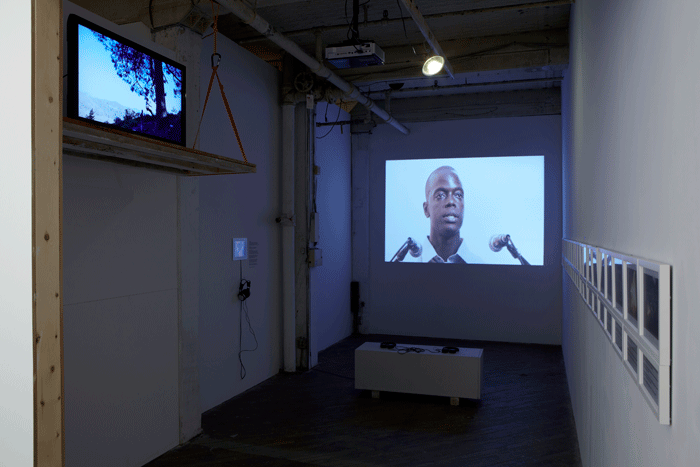
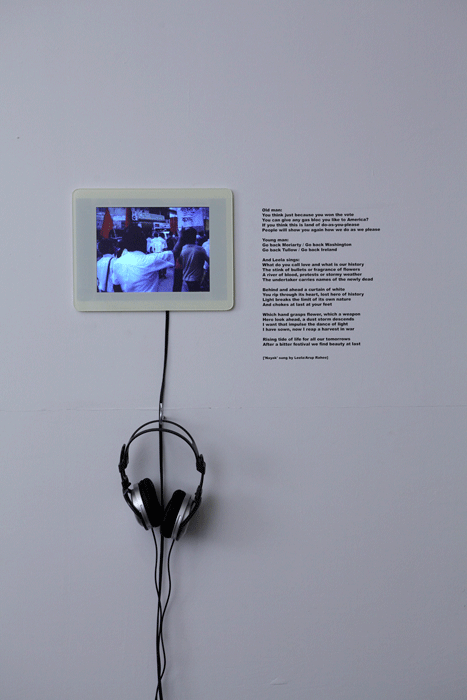


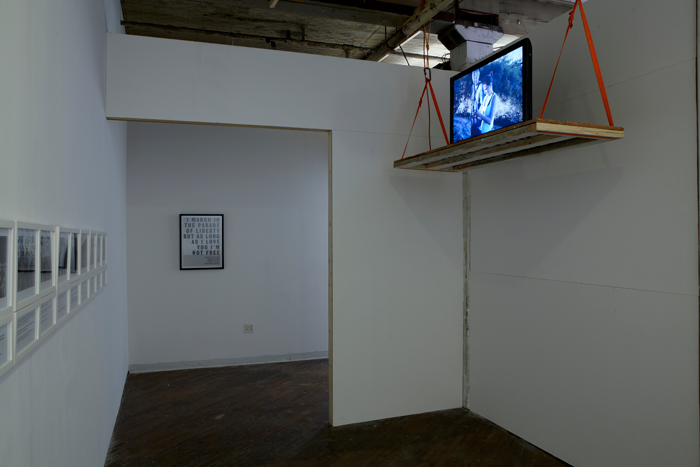
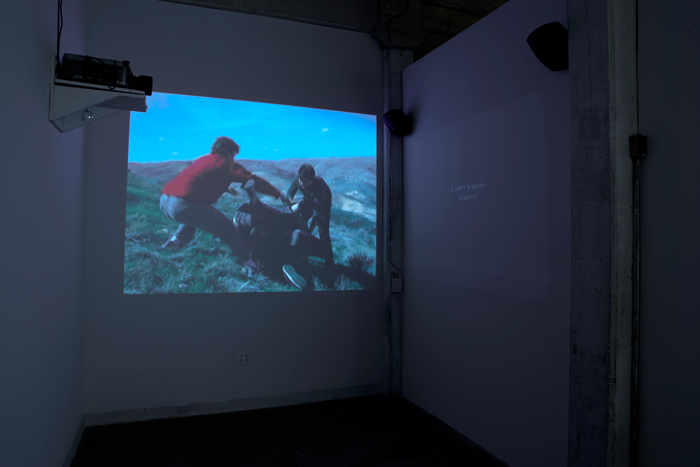
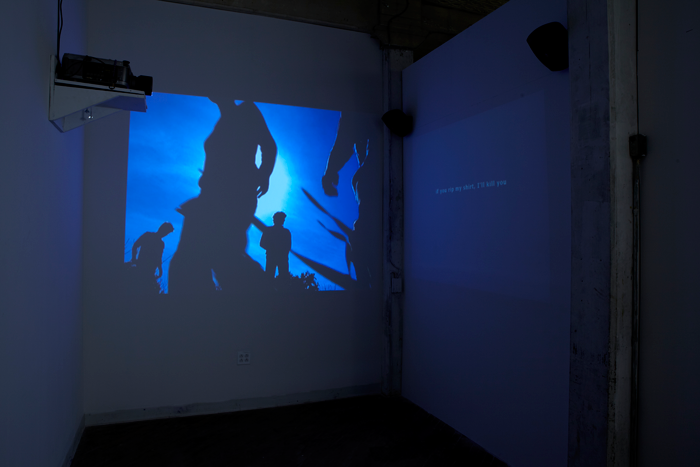
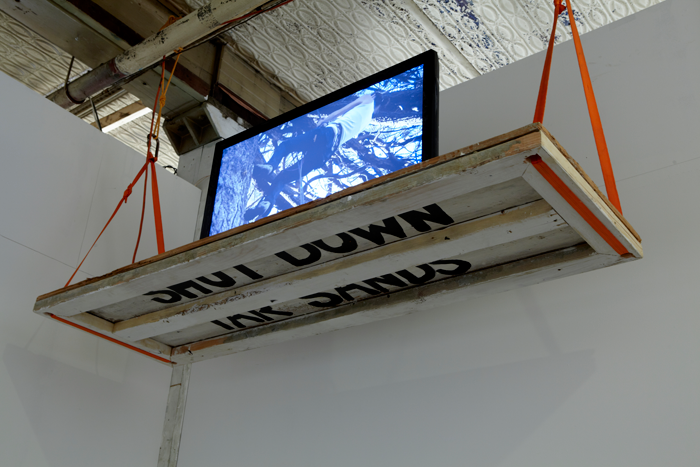
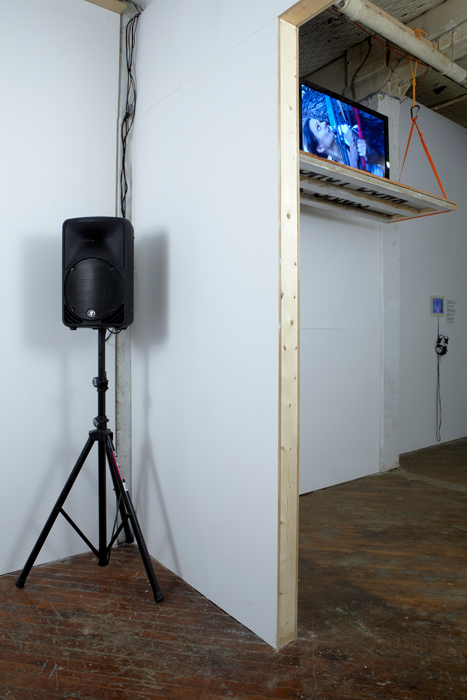
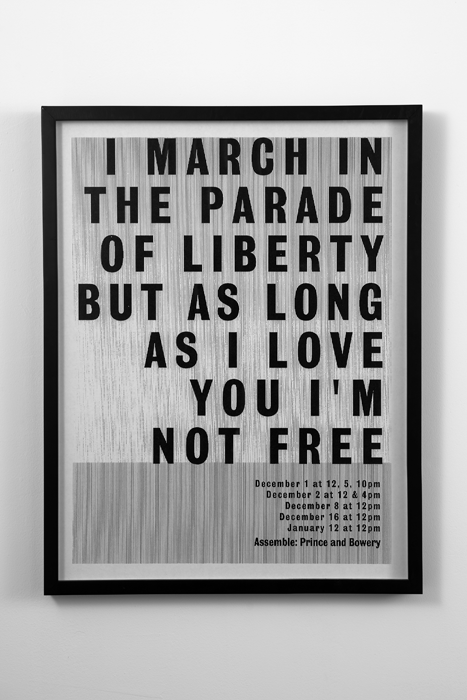

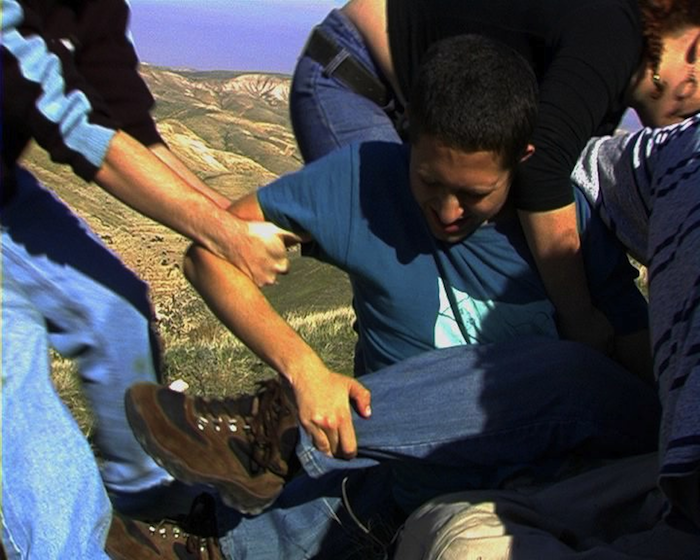


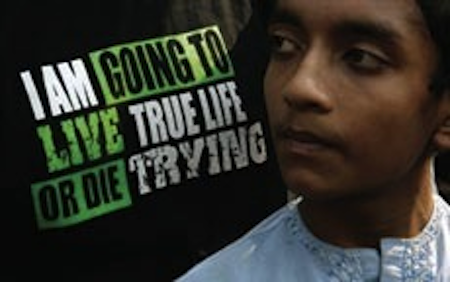
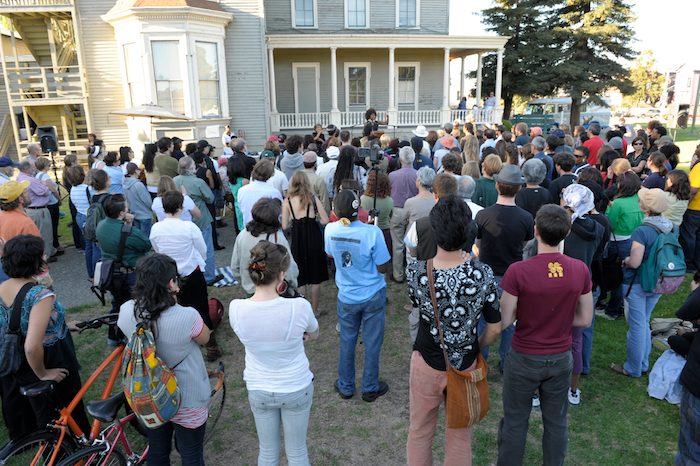
Curatorial Statement:
When righteousness withers away and evil rules the land, we come into being, age after age, and take visible shape and move, a man among men, for the protection of good, thrusting back evil and setting virtue on her seat again.
--Bhagavad Gita
…I call it an insurrection of the masses of the people. It is happening in Syria, it is happening in Clapham, it is happening in Liverpool, it is happening in Port of Spain, Trinidad. That is the nature of the historical moment.
--Darcus Howe, August 9, 2011 (BBC interview)
When the Tunisian street vendor Mohamed Bouazizi set himself on fire on December 17, 2010[1], he sparked a revolution that spread across the globe. Individuals have found their voices once again, and are out on the streets making certain they are being heard. In the past year alone, the Greek took to the streets to oppose austerity measures; Egyptian, Syrians, Tunisians, and Yemenites gathered to overthrow their dictatorships; Spaniards camped at Puerta del Sol in Madrid to protest surging unemployment rates; Israelis gathered in boulevards to highlight increased basic living costs and the government’s expensive priorities; Saudi women got behind the wheel to counter the ban on female drivers; Brits assembled in the streets to protest severe cuts to their pensions; international flotillas sailed to Gaza in opposition to the Israeli blockade of the Gaza strip; and Americans occupied parks, buildings, and thoroughfares to address the rising financial corruption and income inequality. From a Saudi road to the Port of Oakland, these bold gestures – and many others yet to come to light – have created a new rhetoric of dissent.
This language has given a clear voice to society’s marginalized individuals, who are now being heard far and beyond their communities. While in many instances the outcome of these revolutions cannot yet be determined, their aims have been made clear. The various demonstrations have taken on different methods, but what remains consistent is the protesters’ ability to effectively communicate their message—with their demands infiltrating televisions, newspapers, virtual communities, and dinner table discussions around the world. The number of participants, stern language, location, and tactics are all considered elements that play into the ultimate effectiveness of the protesters’ actions. Five Acts: Chronicles of Dissent observes these factors through video, photography and text-based works that record and re-stage global acts of protest.[2]
Rather than showcasing straightforward activist artists like Hans Haacke or The Yes Men, whose works directly intervene in society and are regarded as unequivocal acts of protest—Five Acts features artists who communicate actions they have observed, thus straddling an uneasy space between immediate participation and a removed stance. They reach back into history to make connections to issues still relevant today, or document a recent action in order to bring to light an event that has had little exposure. They address issues of war, political freedom, environmental disaster, and gay rights through diverse means, while suggesting the existence of a rich language by which to communicate one’s opinion. Their anthropological viewpoint enables viewers to look beyond the content of the action, and examine its structure and ultimate efficacy. The result is a range of creative interpretations of protest practices, which add to history’s archive of social resistance.
Yael Bartana, Andrea Bowers, and Naeem Mohaiemen have documented unique acts of dissent concerning political, environmental, and religious issues. Shortly prior to Israel’s unilateral act of disengagement in August 2005, when military forces evacuated illegal Jewish settlements from the Gaza Strip and West Bank, Bartana filmed a game created by Israeli pacifist teenagers in which participants assume one of two positions: settler or soldier. While tinged with playfulness, Wild Seeds (2005) displays the two teams embroiled in a heated exchange of gestures and words upon the bucolic backdrop of a major settlement. Their aggressive actions are modeled after the 2002 evacuation of the Gilad Colony—an incident that caused much friction and debate in Israeli society. The game thus has a dual function, serving both as a reflection on this crucial event, as well as a provocative protest against the nearby settlers.
In many of her works, Bowers explores environmental and social injustices perpetrated by human indecency and greed. She primarily focuses on the destruction of nature and human rights, showcasing the offense, its effects, and the reactions of the activist community. In Nonviolent Civil Disobedience Training – Tree Sitting Forest Defense (2009) we witness the environmental activist John Quigley instructing Bowers on how to occupy a tree destined to be demolished on South Central Farm in California. We watch as she slowly follows Quigley’s directions to join him at the top of the tree. The video presents a renegade, nonviolent act of dissent that highlights man’s right to protect and maintain nature, rather than destruct it for his own use.
In January 2009, Mohaiemen followed two very different protest rallies in Dhaka with shared targets – “imperialism,” the UN, and multinational companies. One rally was organized by the Leftist student groups on campus (including some of Mohaiemen’s friends) and was tame, polite, and intimate. The other was hosted by young Islamists groups, who intended to cause a stir of resistance by employing intense and unwavering rhetoric. Mohaiemen captured the discrepancy between the energy and effectiveness of the gatherings in his video, photography, and text project Live True Life or Die Trying (2009)—with the Islamists significantly overshadowing the Leftists, to his dismay. Mirroring his reflective and sad observations, these disparate tactics are indicative of the continuing eclipse of the Left in Bangladesh, crushed by forces of history and state power.
Sharon Hayes and Mark Tribe re-purpose iconic protest acts that significantly altered historic political issues. Hayes’s audio and text piece I March in the Parade of Liberty, But as Long as I Love You I’m Not Free (2008) incorporates iconic protest slogans into a love letter she read on the streets of Lower Manhattan to an anonymous lover. The speech integrates quotes from various sources including Oscar Wilde's letter to his lover – poet Lord Alfred Douglas – as well as key slogans from early gay liberation parades of the 1970s. In publicly conflating intimate quotes between lovers with strong statements by the budding gay movement, Hayes demonstrates the possibilities – and vulnerability – inherent to collective political action.
Realizing in 2005 that his college students were disinclined to rally for a common cause, Tribe began exploring the dissolution of the youth-led movements that dominated the anti-Vietnam War campaign of the 1960s and 70s. Recognizing that this type of movement is not likely to repeat itself – despite the persistence of the Iraq and Afghanistan wars – he set out to investigate the potential inherent to the New Left’s enduring cross-generational rhetoric and tactics. In Port Huron Project (2006-2009) he organized a series of reenactments in which actors delivered several New Left protest speeches at their original sites. The speeches were originally given by Stokely Carmichael, Cesar Chavez, Angela Davis, Coretta Scott King, Paul Potter, and Howard Zinn. In transplanting the source experience, these acts provide insight into what propelled the anti-Vietnam war movement forward and prompted so many individuals to join its cause.
Melding rhetoric with action, and history with present concerns, Five Acts examines the ways in which social movements and dissenting individuals convey their message. When first conceived several years ago, this exhibition was meant to highlight protest models that would energize and promote collective activism. With the recent emergence of a global revolution, the exhibition has taken on an exciting new significance. The tides are turning—individuals feel emboldened by new methods of involvement, and inspired and reassured by previous ones. They are creating their own contemporary rhetoric, while also drawing upon the successes of history. In a sense, the original intent of this exhibition has already taken form—now we are called upon to engage.
Yaelle Amir, 2011
[1]Bouazizi’s self-immolation was to protest the authorities' seizing of the goods he sold to support his family, and his harassment and humiliation by a city official. This act sent Tunisians to the streets, resulting in the resignation of President Zine el Abidine Ben Ali, the country’s dictator, on January 14, 2011, ten days after Bouazizi’s death.
[2]This exhibition was first conceived in early 2010, and has since taken on new meaning. I have maintained throughout the process that the works in the exhibition are a sampling of dissent tactics and are meant to provide a platform for evaluating various methods to bring about social change.
Press:
Artforum.com, review by Katherine Rochester [link]
Afterimage, review by Sabrina DeTurk [PDF]
NPR station WHYY, interview by Peter Crimmins [link]
Philadelphia Weekly [link]
The Art Blog, review by Roberta Fallon [link]
In Liquid, review by Kira Grennan [link]